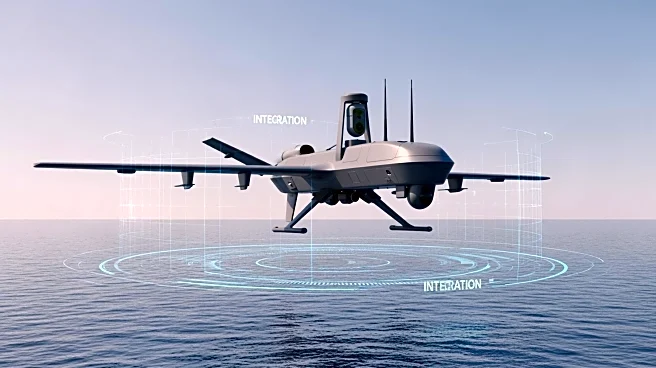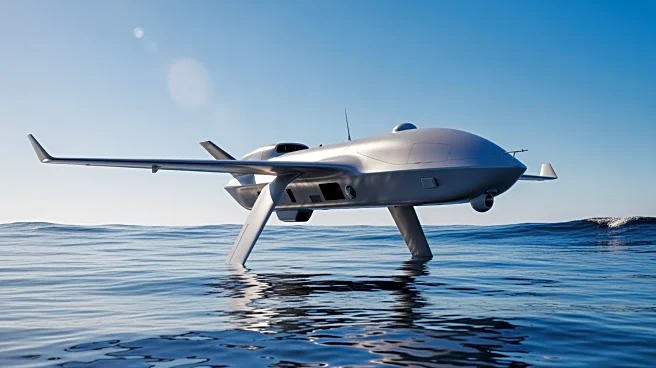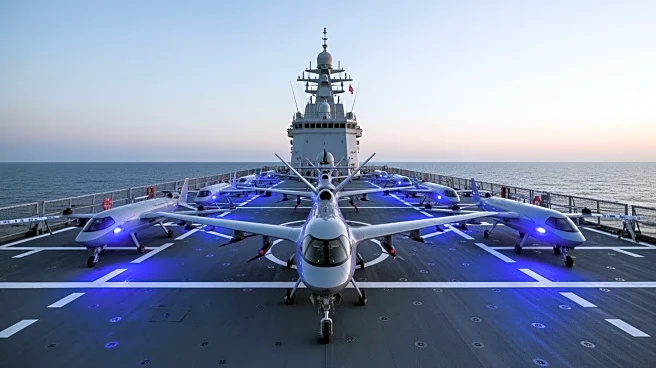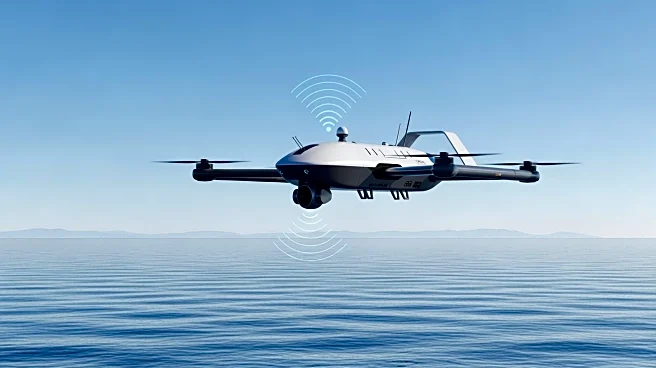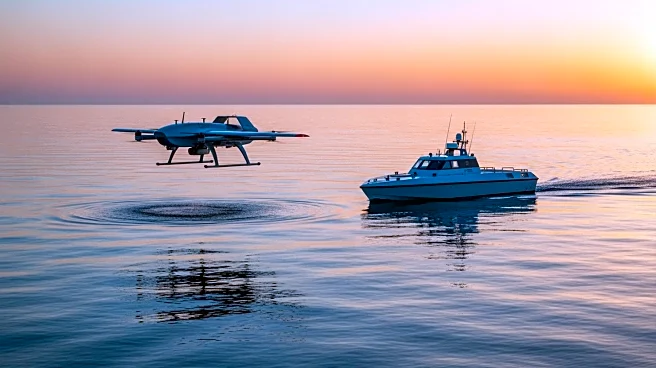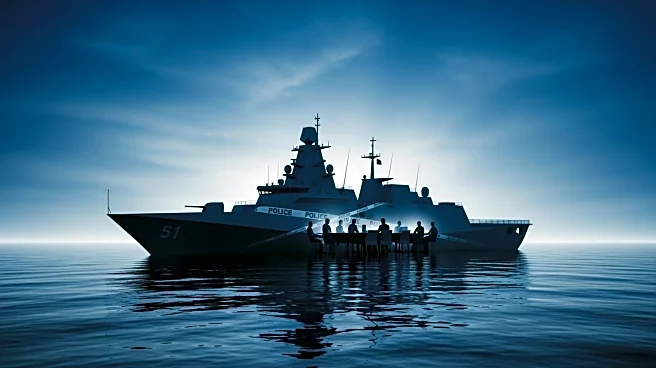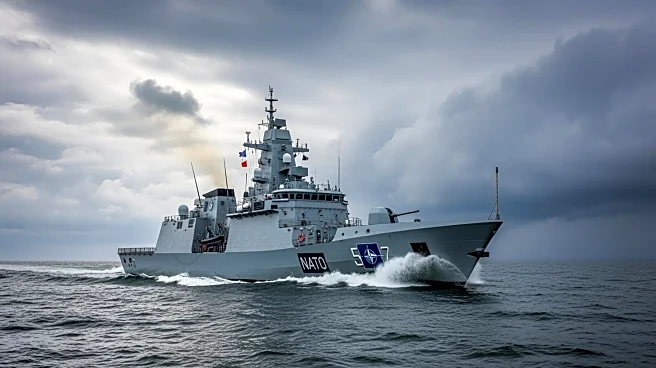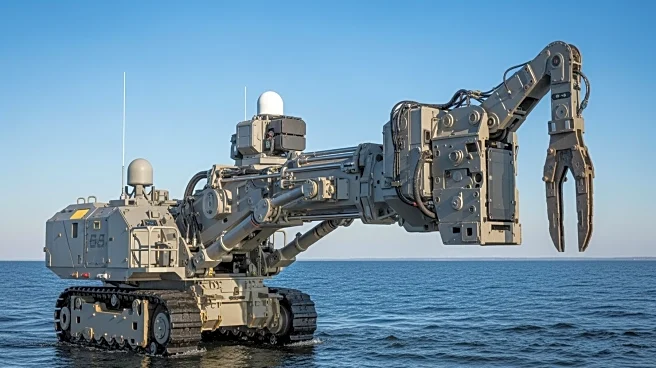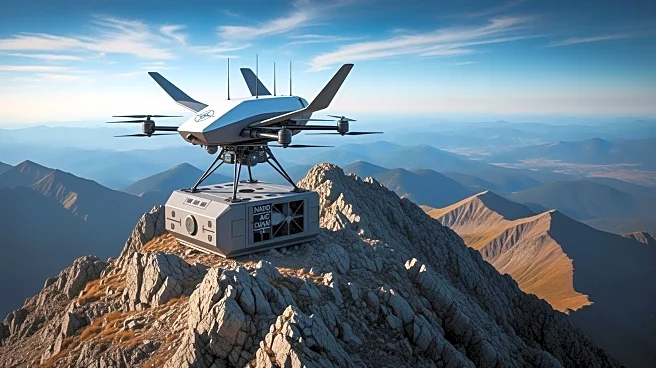What's Happening?
NATO has introduced STANAG 4817, a new standardization agreement aimed at improving the integration and operational efficiency of maritime unmanned systems (MUSs). This development is part of NATO's efforts
to enhance maritime situational awareness and counter underwater threats. The standard was applied during NATO's Task Force X Baltic, an operational experimentation activity in the Baltic Sea. STANAG 4817 provides a common reference architecture and standardized interfaces across multiple command and control (C2) layers, facilitating the integration of unmanned systems with greater agility and interchangeability. This initiative is crucial for the effective deployment of unmanned underwater vehicles (UUVs) and unmanned surface vehicles (USVs) in complex maritime environments.
Why It's Important?
The implementation of STANAG 4817 is significant as it addresses the growing need for interoperability among NATO member states' unmanned systems. As underwater threats and the demand for surveillance increase, the ability to operate UUVs and USVs efficiently becomes critical. The standardization ensures that different systems can work together seamlessly, enhancing NATO's maritime defense capabilities. This move also supports the development of national C2 architectures by member states, promoting collaboration and innovation in the defense sector. The enhanced integration of unmanned systems is expected to improve NATO's operational readiness and response to maritime threats.
What's Next?
As STANAG 4817 moves towards ratification, further testing and evaluation in real-world contexts are anticipated. NATO member states are likely to continue developing and refining their unmanned systems in line with the new standards. The successful implementation of STANAG 4817 could lead to broader adoption across other domains, potentially influencing future NATO operations and strategies. Stakeholders, including defense contractors and military planners, will be closely monitoring the outcomes of this standardization to assess its impact on operational effectiveness and strategic planning.
Beyond the Headlines
The introduction of STANAG 4817 may have long-term implications for the defense industry, particularly in the development and deployment of unmanned systems. By establishing a common framework, NATO is setting a precedent for future technological advancements and collaborations. This could lead to increased investment in research and development, as well as new opportunities for defense contractors. Additionally, the standardization may influence global defense policies, encouraging other military alliances to adopt similar measures to enhance their capabilities.
